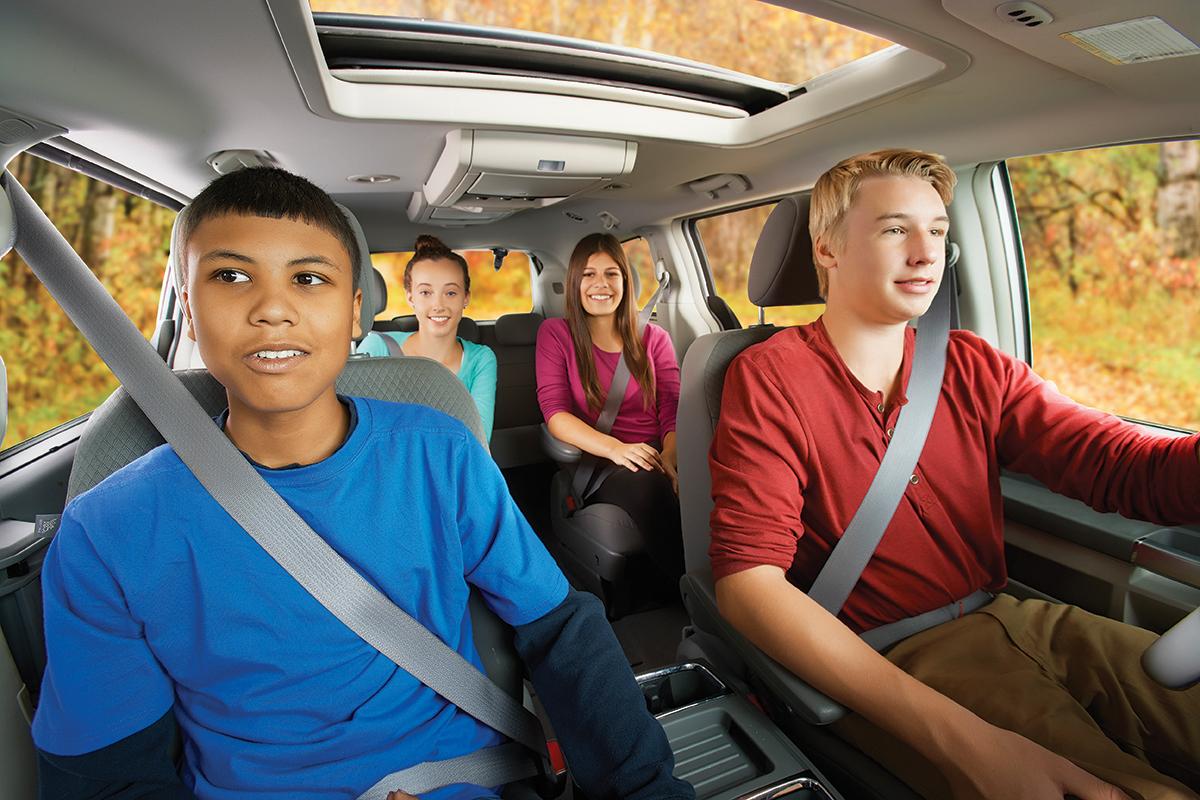Mary Lou Jay
Teen drivers in some states could find their driving privileges more tightly restricted if a recently introduced bill makes it through Congress.
The State Teen and Novice Driver Uniform Protection Act (STAND UP Act) would require all states to adopt minimum graduated driver licensing (GDL) requirements for teen drivers under 18. Although nearly all states already have some form of restricted licensing for young drivers, the standards vary widely.
The federal legislation, which was introduced in March 2011 by U.S. Sen. Kirsten Gillibrand, D-N.Y., and U.S. Rep. Tim Bishop, D-N.Y., would mandate national GDL requirements,
including:
- A three-stage licensing system.
- A minimum age of 16 for obtaining a learner’s permit.
- Restricted nighttime driving for unsupervised drivers in the intermediate licensing stage.
- Passenger restrictions — only one non-family passenger until driver is 18 and fully licensed.
- A ban on cellphone use (calls and texting) until driver is fully licensed at age 18.

National teen driving standards
States would have three years to carry out the standards or face penalties that would cost them 3 percent of their federal highway in the first fiscal year, 5 percent in the second year and 10 percent in the third year, according to Gillibrand.
This legislation is the latest attempt to reduce the dangers that teen drivers pose to themselves and others on the road. Because of their lack of experience behind the wheel, they’ve historically been a risky group, as reflected by teens’ higher auto insurance rates. More than 2,300 teens age 15 to 20 died in car crashes in 2009, according to the Saferoads4teens Coalition. And it’s not just teens who are accident victims< — since 2000, nearly 81,000 people in the United States have been killed in crashes involving teen drivers.
The states’ GDL programs seem to be lowering those numbers. States that have adopted GDL programs have teen crash rates decline by 10 percent to 30 percent. Strict GDL laws also reduced auto insurance collision claims from 16-year-olds by 20 percent, according to the Insurance Institute for Highway Safety. Getting all states on the same page through federally mandated standards would make some states’ rules tougher — and that would make roads even safer, according to Gillibrand.
Today, there are a wide range of GDL requirements, according to the Governors Highway Safety Association. Some states, like Massachusetts, require teens be at least 16 before they can apply for a learner’s permit. Montana, on the other hand, allows 14-year-olds to start driving with supervision. New Jersey teens have to wait until they are 17 before they can get even an intermediate driver’s license, while Montana teens can get full driving privileges with no restrictions at 16.
